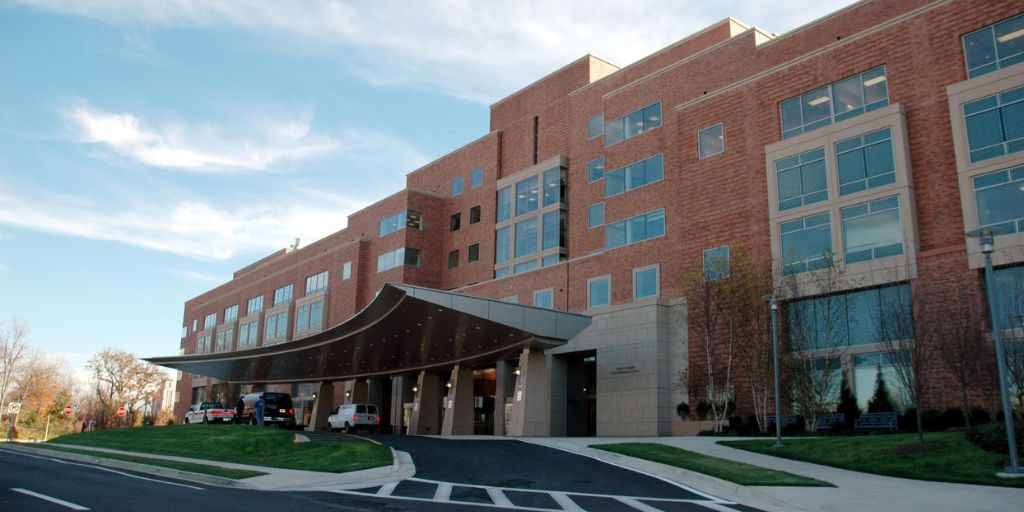
With waiting lists hitting a record high of 7.07 million,[1] over a million higher than the record set last October,[2] it is undeniable that the NHS is in urgent need of support. The situation is untenable, with 40% of patients waiting more than the NHS recommended time of 18 weeks for a consultant referral, and only 70% of patients at A&E seen within four hours. According to former Health Secretary Sajid Javid, these waiting lists will continue rising until 2024[3].
Some specialties are more overburdened than others – ophthalmology saw the greatest number of attendees during 2021-22 with a staggering 7.5m patients, around 8% of all outpatient attendances.[4] In fact, ophthalmology accounted for approximately 10% of NHS backlogs in 2022.[5] Therefore, it is important to implement solutions to relieve the strain on the NHS, and help free up hospitals and clinics so they can provide core services and emergency care.
One such solution that can safeguard the future of the NHS is through the contributions of community health services such as CHEC, which support the NHS by providing a wide range of care for patients in the community.
A national crisis
The Government’s announcement of increased funding of £36 billion as part of the Health and Care Bill[6] is a welcome contribution that will boost the future of the health sector, but this will not alleviate the current pressures the NHS faces. Research from the Nuffield Trust has shown that the NHS is recovering more slowly than the healthcare systems of other comparable countries,[7] with long waiting lists contributing to the UK’s status as having the “worst access to healthcare in Europe”.[8] Indeed, the UK has “higher occupancy rates and fewer doctors, nurses, beds and capital assets than most other high-income health systems,” such as Germany, the Netherlands and Sweden.
With the current cost of living crisis impacting living standards across the UK, it is crucial that those that are vulnerable can access healthcare urgently. Otherwise, this can exacerbate health inequalities and bring our nation closer to a public health emergency, with the warning signs already there. The cost of living crisis has hit NHS staff hard too, with the NHS now facing an unprecedented staffing crisis of over 130,000 vacancies.[9] More needs to be done, and this is where community health services come in.
Bringing healthcare back to its roots
Community-based care covers a range of services, such as specialist care and support across community clinics and schools. Through a shared care partnership model, community-based services are equipped with the necessary framework to help the NHS.
By being locally based, community health services are more accessible for patients. With short waiting lists and the capacity to deliver more, they are well-equipped to tackle the immense backlogs. This means patients can access care more easily and receive treatment quicker, particularly for specialist services that the NHS may be overwhelmed with. This is where community health services can work through the backlog, such as with CHEC’s provision of ophthalmology and endoscopy services.
Community health services also provide end-to-end care, meaning they are able to perform all the required services for a patient from consultation to treatment. This makes the entire process more efficient for patients, and can help them feel more at ease with care being more personalised.
Overcoming roadblocks
However, community-based care faces some significant challenges to be able to assist the NHS at its full potential. While community-based care makes up £10 billion of the annual NHS budget and a fifth of the NHS workforce,[10] the NHS has only recently begun to emphasise supporting community health services and to better integrate them alongside primary care. As a result, community health services continue to lack awareness in the public eye.
For community-based care to be truly successful, patients need to be aware of how community health services can contribute. Under the NHS Patient Choice Framework, patients have the option to choose their care provider when referred, giving patients the opportunity to seek out community health services. This can speed up the referral process for patients, as well as allow them access to efficient, high-quality care while helping the NHS manage its backlog.
With pressures on the NHS only continuing to rise in the wake of the Covid-19 pandemic, it is vital that the NHS receives the necessary aid to focus on its core and emergency services. By increasing support for community health services, community-based care can help carry the additional burden and protect the future of the NHS.
[1] https://www.ft.com/content/f5df704b-fca0-4ab4-bdff-fb064a561478
[2]https://news.sky.com/story/nhs-waiting-lists-backlog-hits-record-high-with-nearly-six-million-awaiting-treatment-in-england-12433516
[3] https://www.independent.co.uk/news/health/nhs-waiting-lists-sajid-javid-b2010182.html
[4]https://digital.nhs.uk/data-and-information/publications/statistical/hospital-outpatient-activity/2021-22/summary-report—treatment-specialities
[5]https://www.aop.org.uk/ot/professional-support/optical-organisations/2022/05/31/covid19-related-backlogs-in-ophthalmology
[6]https://www.gov.uk/government/news/health-and-care-bill-granted-royal-assent-in-milestone-for-healthcare-recovery-and-reform
[7] https://www.ft.com/content/667a235a-3e8e-45ee-93b7-e5e27317c281
[8] https://www.ft.com/content/de8fc348-0025-4821-9ec5-d50b4bbacc8d
[9]https://www.thetimes.co.uk/article/plea-to-blur-line-between-doctors-and-nurses-amid-nhs-staff-crisis-psxp6rchq
[10] https://www.kingsfund.org.uk/publications/community-health-services-explained












